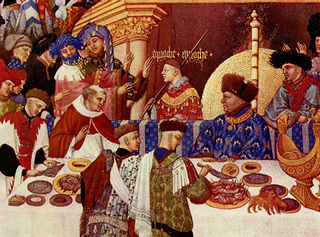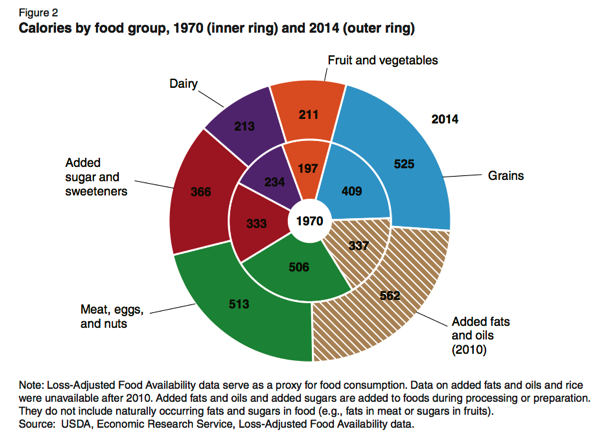Jeremy Parzen Will be teaching a seminar in Food and Wine Journalism in Piedmont in the autumn. Here’s part of the pitch:
The origins of pain, longing, and [mimetic] desire in food blogging today stretch back to early Greek tragedy and beyond. Yes, this trend in food writing today has also been molded by the rise of reality television. And yes, there are technical, societal, and cultural factors that have contributed to these phenomena as well.
But looking at these currents from an epistemological perspective, I ask myself: How did we get from Betty Crocker’s tips for grilling to Page Six stories about alcohol-fueled orgies at a celebrity chef’s Manhattan restaurant? What role does food culture and food writing play in our ethos — personal and national?
That’d be fun.

 Food has probably been a marker of social status since the first woman gathered more berries than her sister. It still is. Some foods are authentically posh, others undeniably lower class, and there’s no way I’m going to go out on a limb and say which is which.
Food has probably been a marker of social status since the first woman gathered more berries than her sister. It still is. Some foods are authentically posh, others undeniably lower class, and there’s no way I’m going to go out on a limb and say which is which. 
